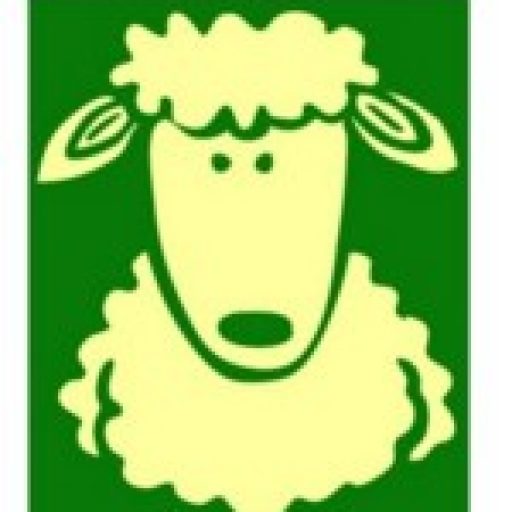Food
Eggs contain a large proportion of high quality proteins – these come from the food source not the chicken. Calcium ensures quality egg shells. A bid will eat around 120-130g feed a day. It is best to provide a self feeder so birds can help themselves. Most commercial feeds must comply with accurate labelling from NZFMA – NZ Feed Manufacturers Association. Poultry food is made for omnivores and may contain meat meal. This should never be fed to ruminant animals (cattle, sheep) May contain coccidiostat – a medication that combats a common parasite. Chicken food will have 4-5% calcium in a complete layer feed. Do not feed to ducks as they only need less than 2% Chicks only require less than 1%. Higher levels may cause kidney damage or failure. Layer feed should contain crude proteins (generally around 15%. 14% and the birds will need to eat more than one containing 17% Feed will contain 65-70% grains. Mainly ground barley and wheat. 15-20% protein ie soya, peas, meat meal, blood meal, fish meal Fat in the form of tallow or vegetable oil 10% micronutrients, minerals and vitamins Coccidiostat in layer mix Feed the correct type and amount for species and age Store in a dry place and use within a month of opening Lower quality (cheaper) feed will have less protein and the bird will eat more so may not be as economical as it seems. Organic or vegetarian protein feeds will need to have added methonine and lysine – check the labels. What to feed your feathered friends Chickens are single stomached omnivores. They need a balanced diet of protein, fat and carbohydrates Commercial feed is a blend of grains, meat, milk and vitamins Calcium is important for egg shell strength and can be provided by oyster grip. 5kg per bird per week Mash – is ground grains and micro ingredients. It will take longer for chickens to eat Pellets are a complete food. Easy and quick to eat Crumbs – broken up pellets Excellent for young chicks Most poultry do best if they have unlimited access to feed. A medium sized hen will eat about 120g of feed per day. More in winter Bulk feeders – Grandpas feeder – home-feeder, trough feeder Good quality food Age appropriate food Scratch feed Scraps int he afternoon oyster shell grit Chicken maths 1 chicken = 1 kg food per week 2kg food = 12 eggs
Greens
Nasturtiums, garlic chives, chickweed, turnips, brassicas popular Cooked potatoes – never raw or green
Water
Prefer water to be 13 C Is required for good egg production Fresh water Each day 12 adult birds require around 6 litres of water 6 birds = 3 litres Add ACV ACV will help to kill off bacteria in the gut. Both good and bad. The object of the ACV is to take the water to a pH of 4.0 o add as much as required and test the water Note that whilst much is said of ACV as a preventative there is no scientific proof to confirm or dispel these claims.
Plants that are Toxic to Poultry
Alfalfa (Medicago sativa L.) Bloodroot (Sanguinaria canadensis L.) Bull Nettle (Solanum carolinense L.) Buttercup (Ranunculus spp.) Castor Bean (Ricinus communis L.) Clover, Alsike & Other Clovers (Trifolium hybridum L. & other species) Crown of Thorns (Euphorbia milii) Curly Dock (Rumex crispus L.) Daffodil (Narcissus spp.) Delphinium (Delphinium spp.) Dogbane (Apocynum spp.) Elderberry (Sambucus canadensis L.) English Ivy (Hedera helix L.) Fern, Bracken (Pteridium aquilinum L.) Foxglove (Digitalis purpurea L.) Ground Ivy (Glecoma hederacea L.) Hemlock Poison (Conium maculatum L.) Hemp (Cannabis sativa L.) Horse Chestnut, Buckeyes (Aesculus hippocastanum L.) Horsetails (Equisetum arvense L. & other species) Hyacinth (Hyacinth orientalis) Hydrangea (Hydrangea spp.) Jimson Weed (Datura stramonium L.) Lamb’s Quarters (Chenopodium album L.) Lantana (Lantana camara L.) Larkspur (Delphinium spp.) Lily-of-the-Valley (Convallaria majalis) Lupine (Lupinus spp.) Milkweed, Common (Asclepias syriaca L.) Nightshade (Solanum spp.) Oleander (Nerium oleander L.) Pigweed (Amaranthus spp.) Poke (Phytolacca americana L.) Purple Mint (Perilla frutescens) Rhododendron (Rhododendron spp.) Rhubarb (Rheum rhaponticum L.) St. Johnswort (Hypericum perforatum L.) Tulip (Tulipa spp.) Wild Onion (Allium spp.)
- Kowhai
- Karaka
- Mallow
- Box
- Daphne
- Eucalyptus
- Hemlock
- Oak
- Yarrow
- Yew
- Inkweed
- Green potato
- Sorrel





